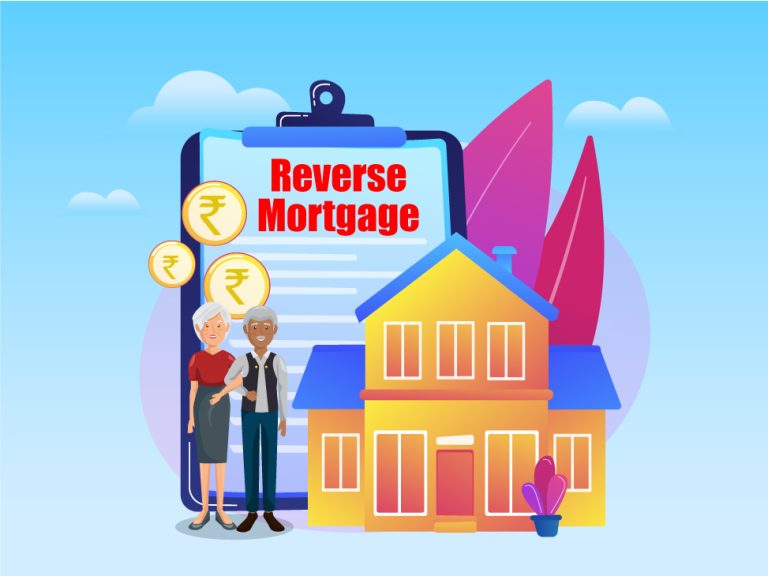Getting home loan is very BASIC now
Get a loan in under 5 mins

In the realm of financial planning and retirement solutions, one often misunderstood but potentially beneficial option is the reverse mortgage. As individuals enter retirement, managing finances becomes crucial, especially when income streams become fixed or decrease. A reverse mortgage offers a unique approach to accessing home equity without the requirement to leave your home or make immediate repayments. This comprehensive guide aims to demystify reverse mortgages, helping retirees and their families make informed decisions.
Table of Contents
A reverse mortgage is a loan designed for homeowners aged 60 or older, allowing them to convert part of the equity in their home into cash. Unlike a traditional mortgage, where the homeowner makes payments to the lender, a reverse mortgage allows the homeowner to receive payments from the lender. The borrower does not need to repay the loan until the home is sold, vacated, or the borrower passes away.
Suggested read: Home Mortgage Lending
The process involves the homeowner borrowing against the value of their home. The amount one can borrow depends on several factors, including the borrower’s age, the home’s value, and the prevailing interest rates. There are different ways to receive these funds: lump sum, monthly payments, a line of credit, or a combination of these methods.
To be eligible for a reverse mortgage, applicants must meet specific criteria:
Before proceeding, borrowers are also required to attend a counseling session with an approved reverse mortgage counselor. This session ensures that the borrower understands the loan’s terms, financial implications, and alternatives.
Suggested read: Choosing a Mortgage Lender
In India, reverse mortgages are designed to help senior citizens by allowing them to leverage the equity in their home while still living in it. Regarding tax benefits on reverse mortgages in India, the situation is notably favorable for borrowers:
In conclusion, a reverse mortgage can offer a lifeline by providing financial flexibility during retirement, allowing seniors to tap into their home equity without leaving their homes. However, it’s essential to approach this financial tool with a thorough understanding of its mechanics, costs, and long-term implications. Consulting with financial advisors and reverse mortgage counselors can offer valuable insights and help determine whether a reverse mortgage is the right choice for you. By carefully weighing the pros and cons, retirees can make an informed decision that secures their financial well-being while preserving their home and legacy.
A reverse mortgage scheme is a financial arrangement allowing homeowners aged 60 or older to borrow against their home’s equity, receiving funds as a lump sum, monthly payments, or line of credit, without needing to repay the loan until they sell the home, move out, or pass away.
A reverse mortgage loan scheme is essentially the same as a reverse mortgage, providing senior homeowners with an option to convert part of their home equity into cash, which can be used to cover living expenses, healthcare costs, or other needs during retirement.
In a reverse mortgage, homeowners borrow against their home’s equity and receive payments from the lender. The loan amount plus interest accumulates over time, reducing the home’s equity. The loan is repaid when the home is sold, the homeowner moves out, or upon the homeowner’s death, typically from the sale proceeds of the home.
In India, the three main types of reverse mortgages include:
1.Standard Reverse Mortgage: A bank makes payments to the borrower based on the home’s value.
2.Reverse Mortgage Loan Enabled Annuity (RMLeA): Payments are made through an annuity provider over the borrower’s lifetime.
3.Reverse Mortgage for Senior Citizens: Specifically designed for senior citizens, offering a combination of lump sum and regular payments.
In a reverse mortgage, homeowners borrow against their home’s equity and receive payments from the lender. The loan amount plus interest accumulates over time, reducing the home’s equity. The loan is repaid when the home is sold, the homeowner moves out, or upon the homeowner’s death, typically from the sale proceeds of the home.
Published on 5th April 2024